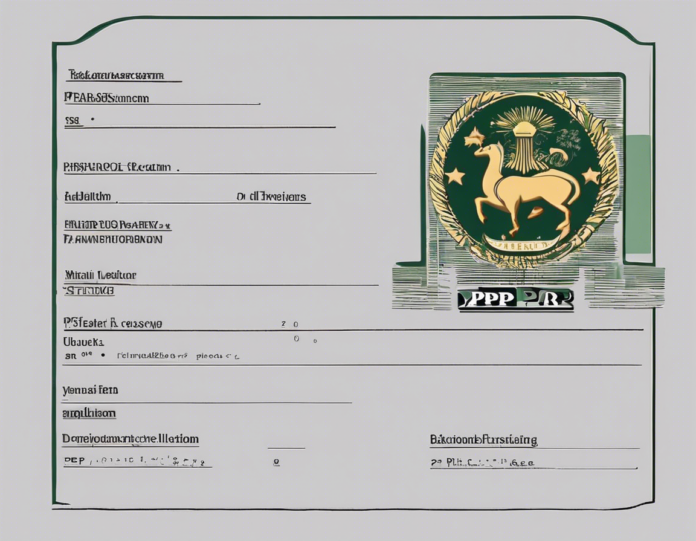Introduction
While the term PPP may be popular within certain circles, it can often leave others scratching their heads in confusion. PPP stands for Public-Private Partnership, a term that has gained significant traction in the realm of government projects and infrastructure development. In this detailed article, we will delve deep into the intricacies of PPP, its significance, various models, benefits, and challenges. By the end of this read, you will have a comprehensive understanding of what PPP stands for and why it matters in today’s economic landscape.
What is PPP?
Public-Private Partnership, as the name suggests, is a collaborative venture between the public sector (government) and the private sector (businesses or non-governmental organizations) to fund, build, and operate projects that traditionally were the sole responsibility of the government. These projects can range from building infrastructure like roads, bridges, and airports, to providing public services such as healthcare, education, and utilities.
History of PPP
PPP is not a new concept and has been around for centuries in various forms. The modern concept of PPP has its roots in the United Kingdom in the 1990s when the government started involving the private sector in the provision of public services through concession agreements and partnerships. Since then, many countries around the world have adopted and adapted the PPP model to address their infrastructure and service delivery challenges.
Types of PPP Models
- Build-Operate-Transfer (BOT)
- In a BOT model, a private entity is granted the right to finance, design, construct, and operate a facility for a certain period before transferring it back to the government.
- Build-Own-Operate (BOO)
- Under the BOO model, the private entity not only builds and operates the facility but also retains ownership throughout the concession period.
- Build-Operate-Own (BOO)
- In the BOO model, the private sector finances, builds, and operates the facility and retains ownership even after the concession period ends.
- Design-Build-Finance-Operate (DBFO)
- The DBFO model encompasses all elements of the project lifecycle, from design and construction to financing and operation, often with a focus on life cycle costs and performance.
Benefits of PPP
- Efficiency: PPP projects often benefit from the expertise and efficiency of the private sector, leading to cost savings and timely delivery.
- Innovation: Private sector involvement can bring in innovative technologies and approaches that might not be available within the public sector.
- Risk Sharing: PPP allows for risk sharing between the public and private sectors, with each party assuming risks based on their strengths and capabilities.
- Quality Services: PPP projects tend to focus on performance-based contracts, ensuring high-quality service delivery to the public.
Challenges of PPP
- Complexity: PPP projects involve multiple stakeholders with differing objectives, leading to complexities in decision-making and implementation.
- Cost: While PPP projects may offer cost savings in the long run, the initial costs of structuring and negotiating such partnerships can be high.
- Governance: Ensuring transparency, accountability, and good governance in PPP projects is crucial to prevent corruption and mismanagement.
- Risk Allocation: Balancing risks between the public and private sectors can be challenging, requiring clear contractual frameworks and dispute resolution mechanisms.
PPP Around the World
PPP models vary significantly from country to country based on legal frameworks, regulatory environments, and funding mechanisms. While countries like the UK, Australia, and Canada have well-established PPP programs, emerging economies in Asia and Africa are increasingly exploring PPPs to address their growing infrastructure needs.
Frequently Asked Questions (FAQs)
- Are PPP projects limited to infrastructure development?
- While PPP projects are commonly associated with infrastructure like roads and bridges, they can also encompass sectors like healthcare, education, and waste management.
- How does the private sector benefit from PPP projects?
- The private sector benefits from PPP projects through revenue generation, long-term partnerships with the public sector, and opportunities for innovation and market expansion.
- What role does the government play in a PPP project?
- The government’s role in a PPP project includes defining project objectives, selecting private partners, regulating the partnership, and ensuring public interest and value for money.
- Can PPP projects be terminated prematurely?
- PPP contracts typically include provisions for early termination under certain circumstances, such as breach of contract, force majeure events, or mutual agreement between the parties.
- How are risks allocated in a PPP project?
- Risks in a PPP project are typically allocated based on each party’s ability to manage and mitigate them effectively, with clear risk allocation mechanisms outlined in the contract.
Conclusion
Public-Private Partnerships have emerged as a viable model for delivering public infrastructure and services efficiently and effectively. By leveraging the strengths of both the public and private sectors, PPP projects can drive economic growth, promote innovation, and improve the quality of life for citizens around the world. Understanding what PPP stands for and how it operates is crucial for policymakers, investors, and the public to navigate the complexities of modern infrastructure development and service delivery.









